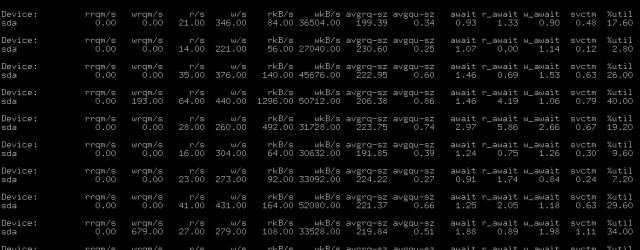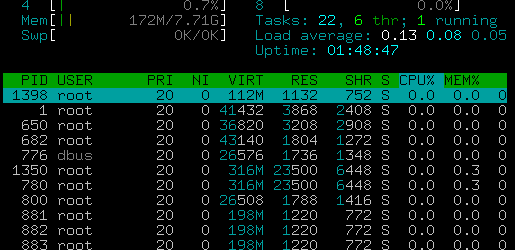Zimbra Fail2ban Setup
Zimbra Fail2ban Setup How to install and configure Fail2ban for Zimbra mail server on CentOS. Fail2Ban is an intrusion prevention software framework that protects computer servers from brute-force attacks. Install Fail2ban on CentOS 7: Ensure your system is up… Continue Reading









